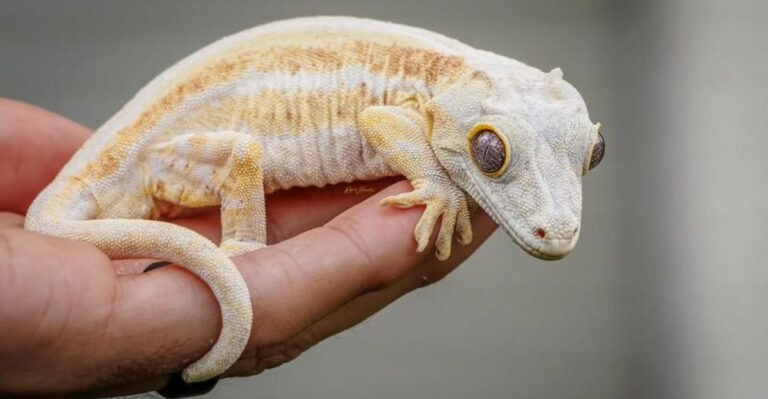14 Signs Your Cat May Be Nearing The End Of Their Life
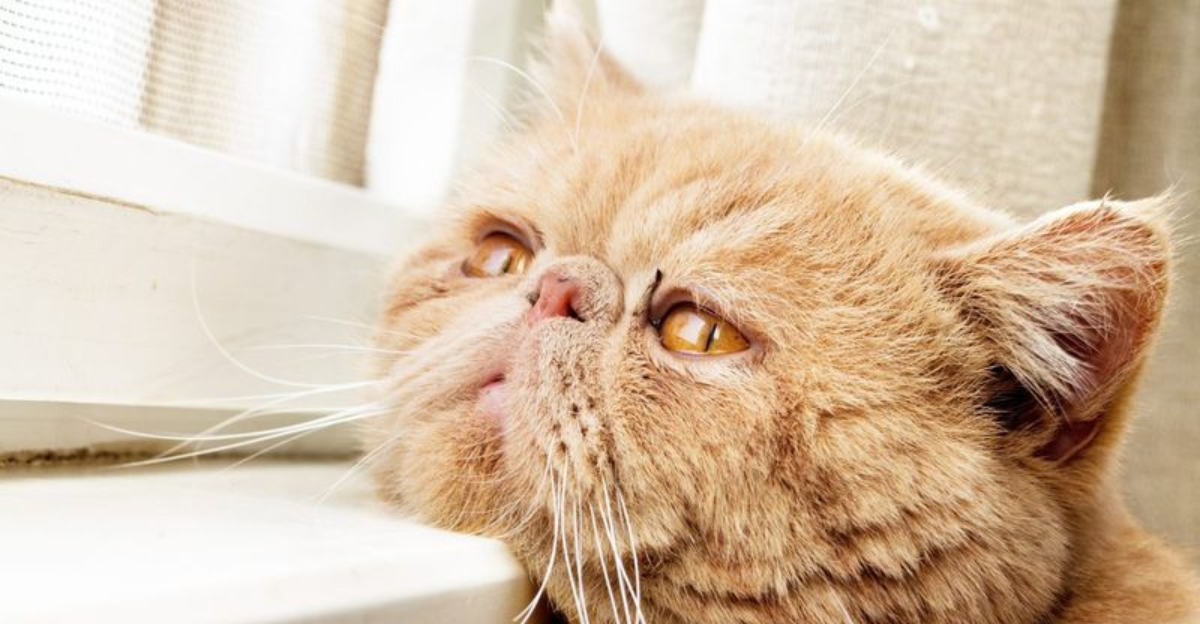
Parting ways with a cherished cat is one of the most heartbreaking decisions any pet owner faces. Still, being able to recognize when your feline friend is approaching the final stage of life can provide clarity and comfort during a difficult time.
Understanding these signs allows you to respond with compassion, ensuring your cat receives the care, peace, and dignity they deserve. While it’s never easy, being prepared can help you honor their life with love and grace.
1. Vocalizations Of Distress

A once quiet feline friend, now vocalizes frequently, expressing distress through soft meows or yowls. It may be a call for comfort or an indication of discomfort.
These vocalizations might occur more often at night, disrupting both your rest and possibly reflecting the cat’s internal turmoil.
Frequent vocal expressions without apparent cause could signify that your cat is in pain or confusion. Addressing these could lead to a more peaceful transition for both you and your pet.
2. Severe Disorientation
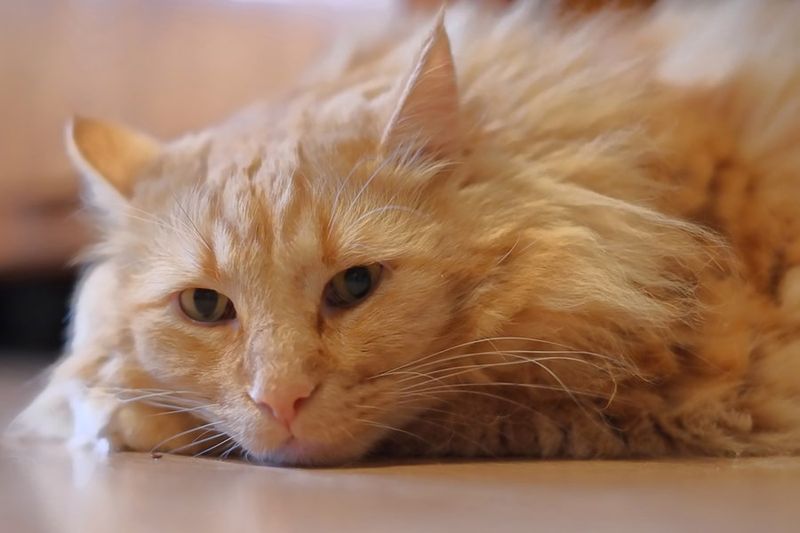
As your cat ages, you might notice signs of disorientation. It may seem lost in familiar surroundings or struggle to find its food bowl.
This cognitive decline can be unsettling and potentially dangerous if the cat wanders outside or near stairs.
Such episodes of confusion, especially if occurring frequently, indicate that your cat’s mental faculties are diminishing, necessitating careful monitoring and compassionate decision-making about its future.
3. Chronic Pain
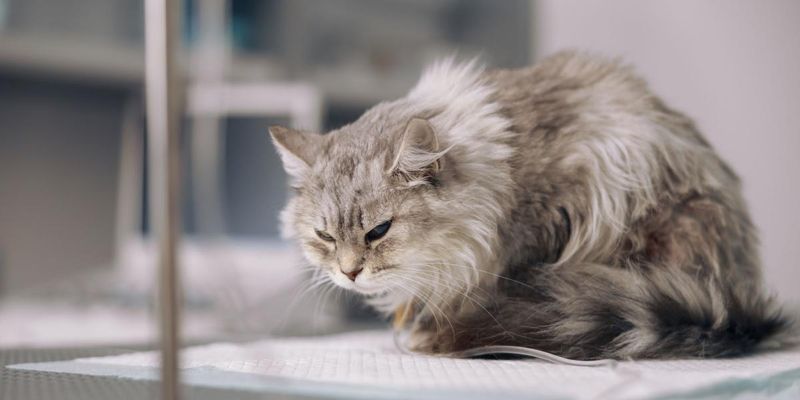
Chronic pain in cats can manifest in various ways, such as limping, stiffness, or reluctance to move. Your cat’s inability to find comfort despite medication can be a strong indicator that their quality of life is diminishing.
Observing your cat’s behavior closely can reveal if they are experiencing consistent pain. A cat that once enjoyed playtime but now prefers solitude might be silently suffering.
4. Chronic Diarrhea
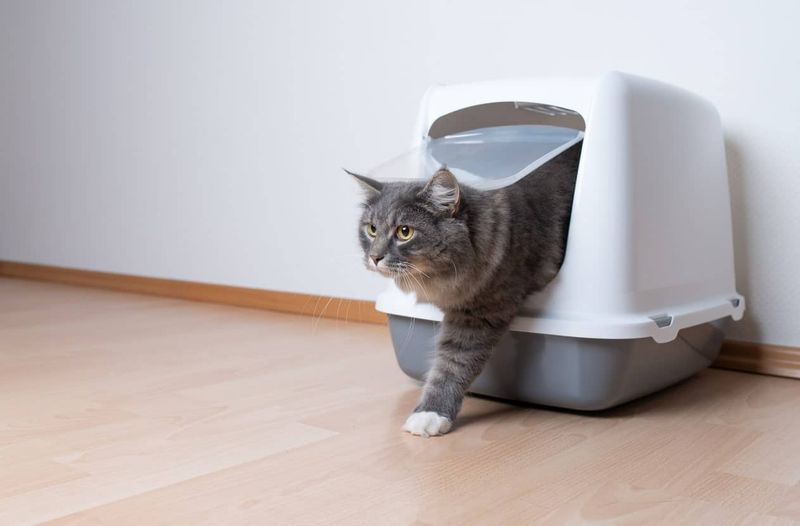
Chronic diarrhea can severely affect a cat’s wellbeing, leading to dehydration and weight loss. If your cat is experiencing ongoing digestive issues, it may be an indicator that their body is struggling.
Paying attention to the consistency and frequency of stools is important. Persistent diarrhea, despite dietary changes or medication, might suggest that the end is approaching.
5. Loss Of Appetite
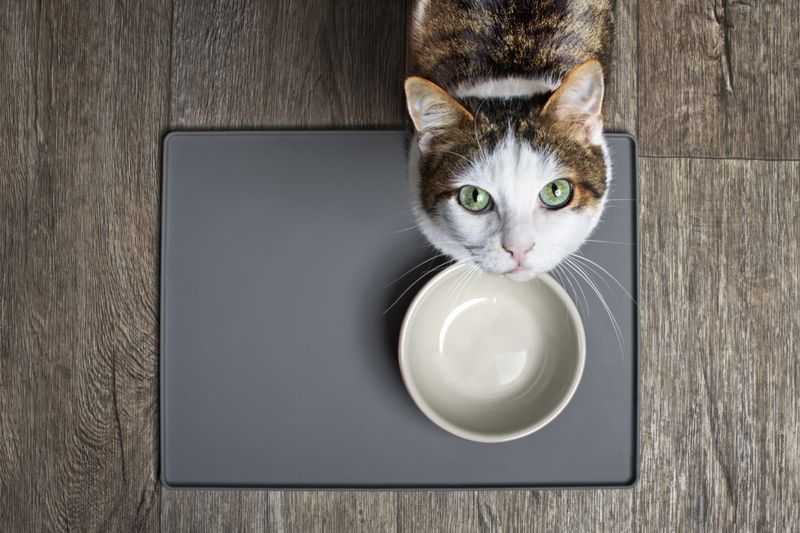
A sudden disinterest in food can be concerning for any cat owner. If your feline starts refusing meals they once loved, it’s important to pay attention.
A reduced appetite may signal discomfort or illness, so consulting a veterinarian is key. They can help identify any underlying health issues that might be causing the change.
You can try offering tempting treats or soft food to encourage your cat to eat. Ensuring they stay hydrated and comfortable is also important during this time.
6. Increased Sleeping
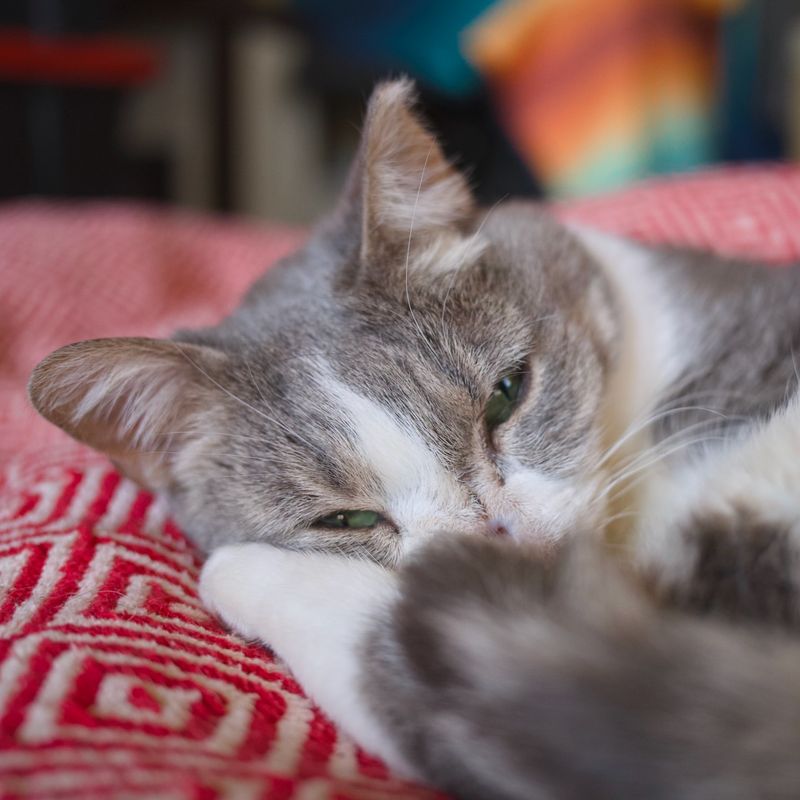
Spending more time asleep than awake could be a sign of health issues. While cats naturally nap often, too much sleep can indicate something is wrong.
Keep an eye on their sleep patterns to spot any changes. If they seem lethargic even when awake, it’s a good idea to consult a vet.
Creating a cozy, quiet space for your cat to rest can provide comfort. It’s important to understand that energy levels can decline with age.
7. Difficulty Breathing
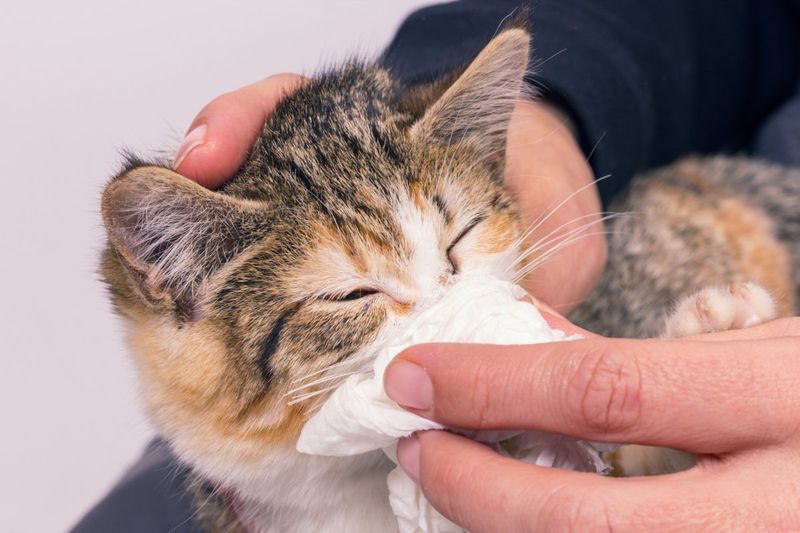
Breathing troubles can be alarming for both you and your cat. If you notice labored or rapid breathing, it may signal respiratory issues or other health concerns.
Persistent respiratory distress requires immediate veterinary attention. Left untreated, this can cause your cat significant discomfort.
Though some breathing changes are age-related, ongoing difficulty should never be ignored. Keeping your cat in a calm, stress-free environment can help ease symptoms.
8. Severe Weight Loss
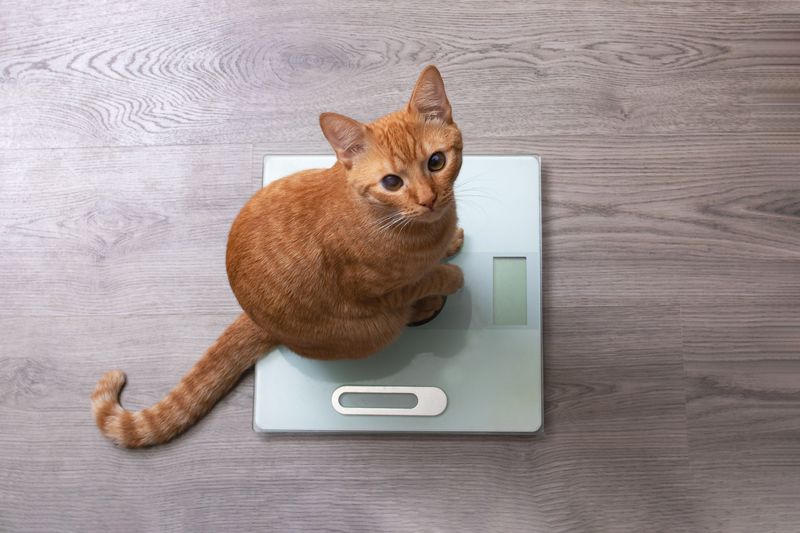
Noticeable weight loss in a short period is concerning for any cat owner. It’s not just about the scale—it’s a sign of potential internal health issues.
Keep track of their eating habits and consult a vet if weight loss is significant. Conditions like kidney disease may be underlying causes.
You can try offering high-calorie foods or supplements to help, but comfort and quality of life should always come first.
Prioritize their well-being and make sure they’re as comfortable as possible.
9. Unkempt Appearance
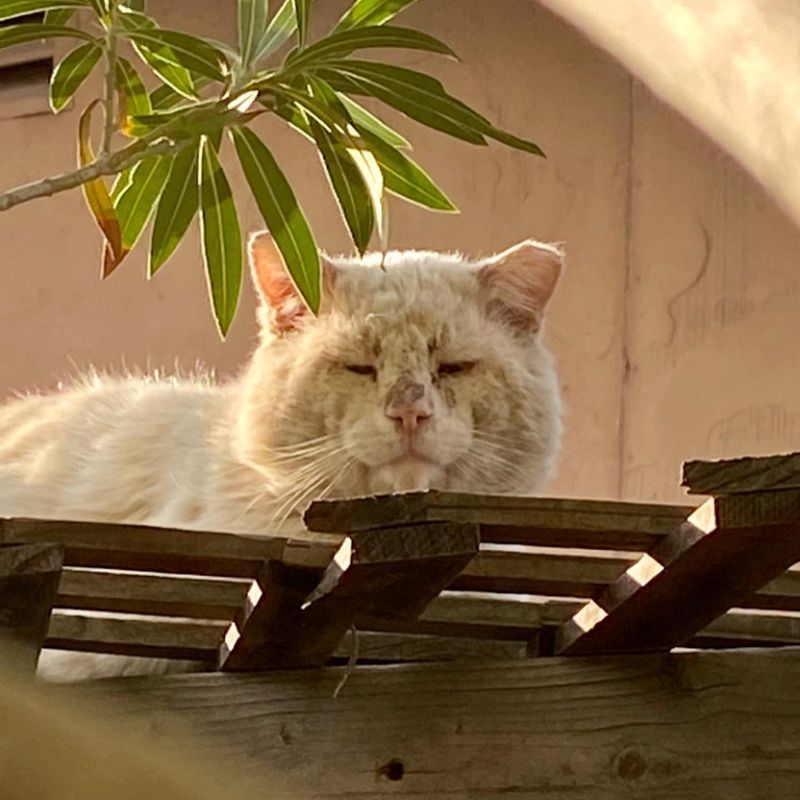
Neglecting grooming is a clear red flag for your cat’s health. Cats are usually clean creatures, so a messy coat suggests something might be wrong.
Health problems or pain can make it hard for them to groom themselves. Regular brushing can help keep their coat clean and make them feel more comfortable.
Changes in grooming habits can be a sign of discomfort, so be attentive. Offering gentle care and a comfortable environment is key during this time.
10. Reduced Mobility
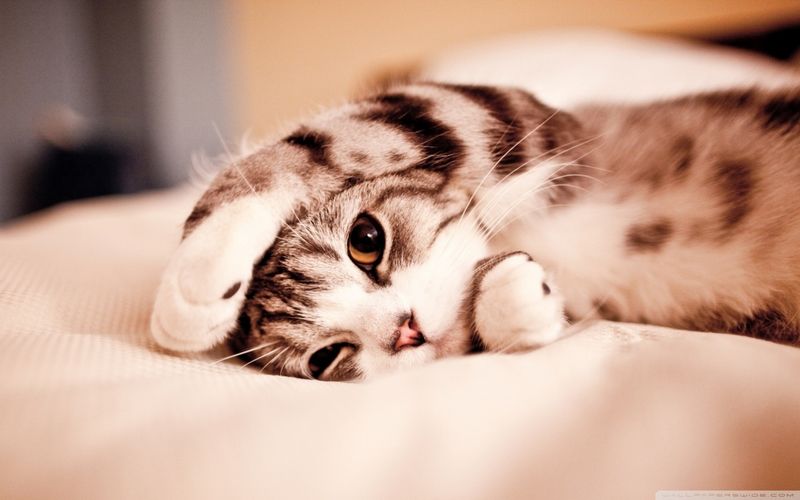
Struggling with movement is common in senior cats. Stiffness or limping often signals joint pain or arthritis.
Providing ramps or steps can help them move more easily around the home. Consulting a vet for pain management options is a good idea.
Encourage gentle exercise while respecting their limits to keep them active. Easy access to favorite spots will help ensure their comfort and well-being.
11. Hiding Away
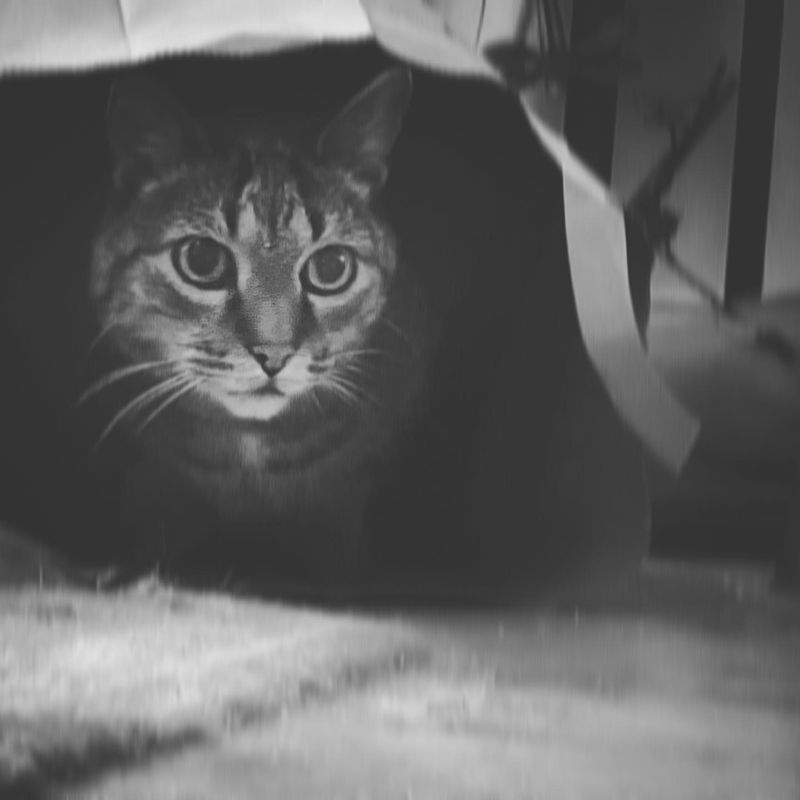
Withdrawing from family and friends can be a sign that something is wrong. Cats often hide when they’re feeling unwell or stressed.
While they may seek solitude, consistent hiding could indicate pain or fear that needs attention. Understanding their need for space is important, but don’t ignore changes in behavior.
Maintaining a calm, safe environment helps reduce stress. Consulting with a vet can identify and address any underlying issues.
12. Changes In Behavior
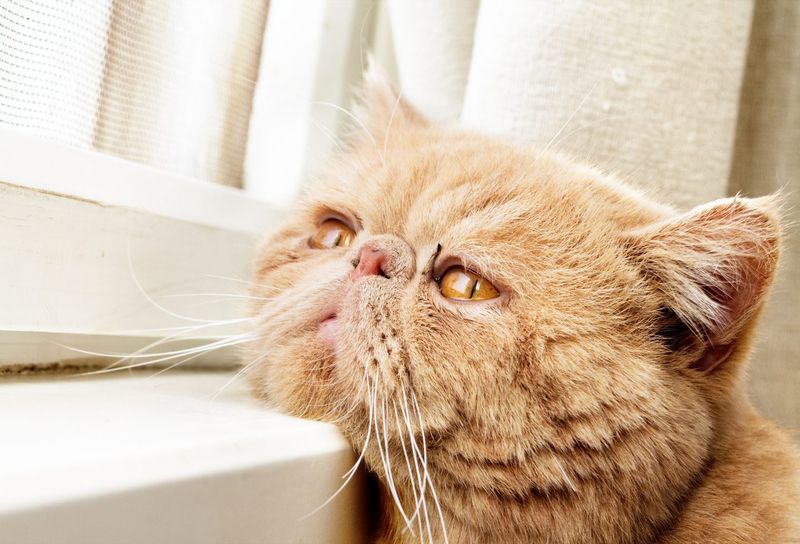
Noticeable behavioral shifts may be a sign something is wrong. If a usually affectionate cat becomes aloof, or vice versa, it could indicate discomfort.
Monitoring these changes can help assess their emotional and physical state. Behavioral shifts may point to cognitive decline or pain.
Offering reassurance and attention can help manage these transitions. Consulting a vet for guidance is always a good idea to address any concerns.
13. Incontinence
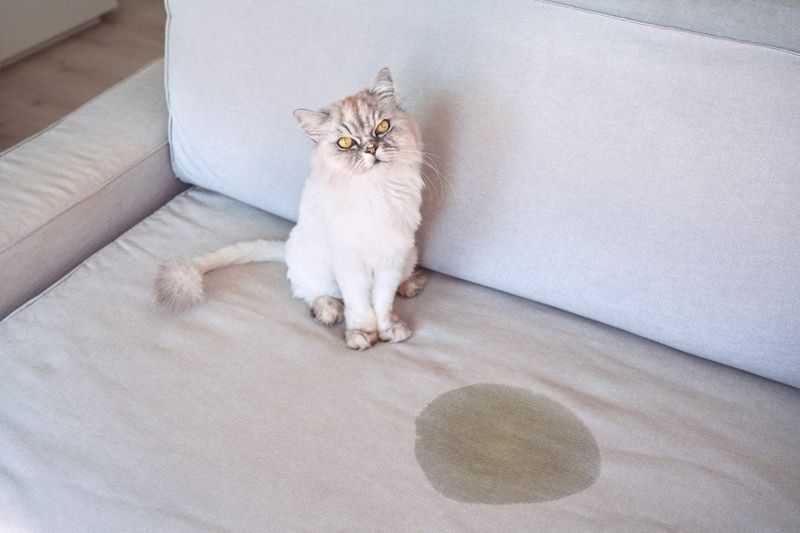
Accidents outside the litter box may become more frequent. While it can be embarrassing for your cat, it often signals underlying health issues.
Placing multiple litter boxes around the house can help reduce stress. It’s important to monitor for signs of urinary infections or kidney problems.
Supporting your cat with patience and understanding will ease the situation. Seeking professional advice is crucial for managing their symptoms effectively.
14. Lack Of Interest In Play
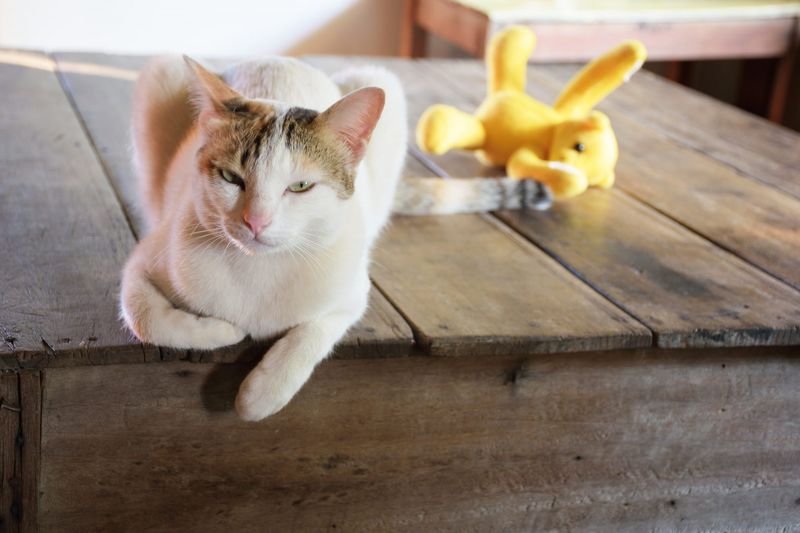
Playful antics often decrease as cats age. A lack of interest in their favorite toys may signal discomfort or fatigue.
Try encouraging gentle play with new, stimulating toys to reignite their interest. However, it’s important to respect their energy limits and not overexert them.
A loving atmosphere with gentle interaction will help your cat feel comfortable. Observing these changes is key to understanding their evolving needs.




